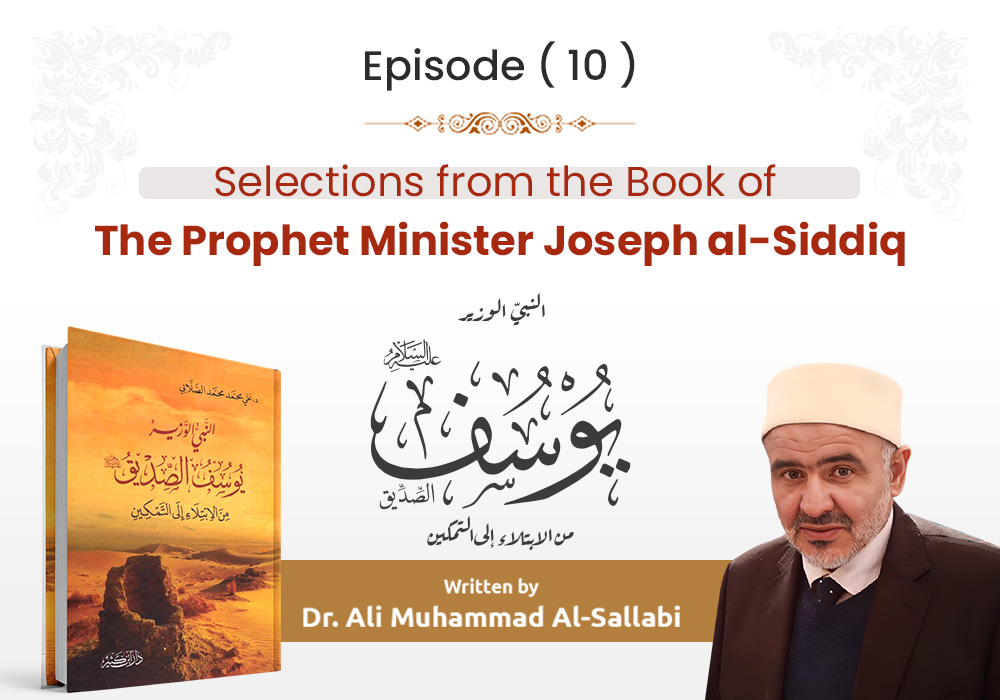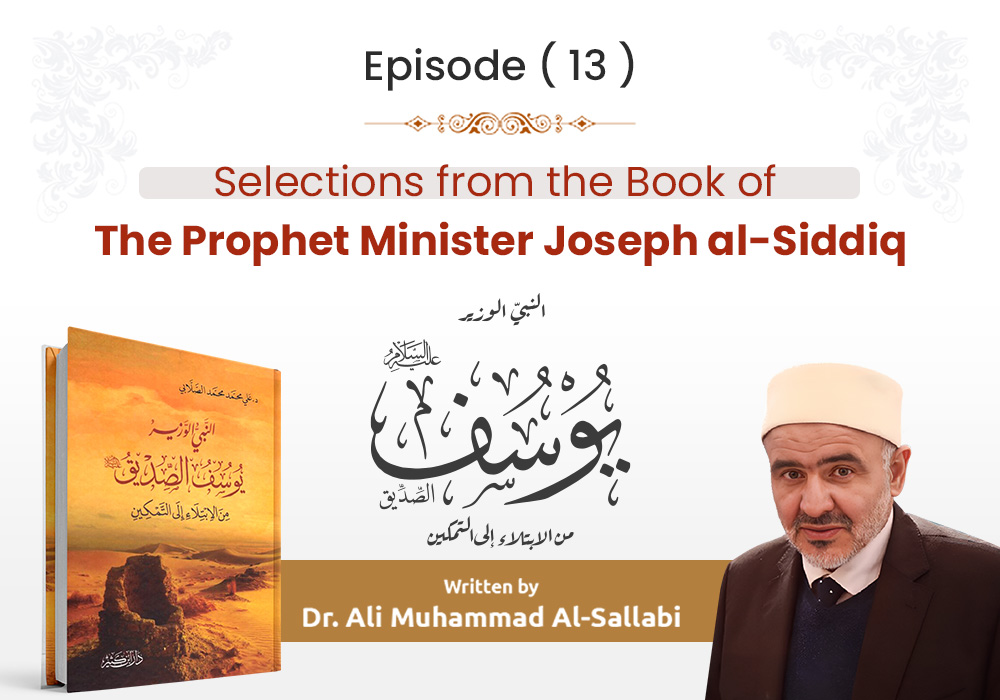Some of the characteristics of Surah Yusuf and the Qur’anic story in general; P.2
Selections from the Book The Prophet Minister Joseph al-Siddiq…
Written by Dr. Ali Muhammad al-Sallabi...
Episode (12)
- Realistic stories:
The Quranic stories are a portrayal of real-life with precise depictions that resonate with the hearts, avoiding any involvement of imagination or illusion. One aspect of their realism is evident in the portrayal of the prophets and messengers, depicting them as they were in delivering the message of Allah, with the perfection of their character. Despite this, the Quran does not overlook the human vulnerability they might experience. While the Quran chooses elevated and exemplary terms for the protagonists of the story, suitable for emulation and inspiration, it selects terms that portray the darkness of the hearts and the deviation of those who have strayed when discussing their actions. This aligns with its objectives and. Most importantly, it presents realities, and in certain instances, particularly in longer stories that allow for exposition and analysis, the entire spectrum of the human soul is presented, including moments of human weakness. However, the Quran does not glorify or applaud weakness as modern realistic arts influenced by animalistic interpretations of human nature might do. Instead, it quickly moves on, shedding light on the moment of awakening, the moment of overcoming human frailty, as it deserves to be highlighted.
With the Quranic story fully embodying all the features of sound realism in every aspect, character, situation, and emotion, it represents the perfect model for the Islamic approach to storytelling. This approach involves a genuine and profound sincerity, coupled with a solid realism. It doesn't neglect any human nuance or realistic emotion, yet, at the same time, it avoids creating a quagmire of muck referred to as "realism" akin to the stagnant pools created by Western ignorant realism.
The story touched upon the colors of human weakness, including the moment of sexual weakness, and without distorting - any distorting - in portraying the human soul with its complete realism in these situations, and without omitting any real glimpse of the soul or the situation, It has not once stooped to create that repugnant quagmire for the sound nature, the one they call, in the ignorance of the twentieth century, "realism" or more recently, "naturalism." The story has remained a clean portrayal of realistic performance, complete with diverse characters and varied situations.
It is a comprehensive story covering all aspects of life, portraying various facets of human experience with the utmost precision, steering clear of exaggeration and indecency.
There is a significant difference that sets the Quranic story apart from other human stories, namely that Islam, as a religion, is a comprehensive way of life. It is a complete and integrated approach designed for life. This approach reflects its impact on the reality of Islamic life, embraced strongly by Muslims in their thinking, behavior, and the life values that guide their actions within the community framework. When Muslims adhere firmly to the values of the Islamic religion, it becomes a powerful indication of the Islamic influence on their thoughts, psyche, and daily life. Creative works such as stories, when influenced by Islamic values, acquire distinct features that differentiate them from other forms of creativity.
- Ali Muhammad al-Sallabi, The Prophet Minister Joseph al-Siddiq, pp. 19-21.
- Objective Unity, Muhammad Mahmoud Hegazy, Al-Madani Press, Cairo - Egypt, first edition, 1390 AH, p. 292.
- Some educational principles, previous reference, pp. 27-31.
- In the Shadows of the Qur’an, previous reference, (4/1952).
- The Islamic Education Curriculum, Muhammad Qutb, Dar Al-Shorouk, 14th edition, p. 196.
For further information and review of the sources for the article, see:
The Book of The Prophet Minister Joseph al-Siddiq on the official website of Sheikh Dr. Ali Muhammad al-Sallabi:






